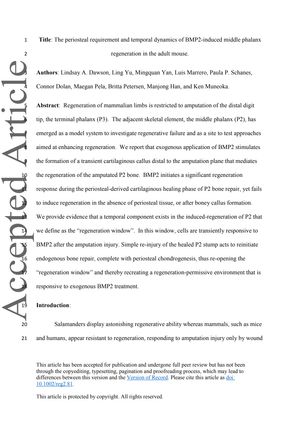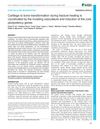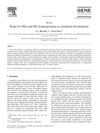The Periosteal Requirement and Temporal Dynamics of BMP2-Induced Middle Phalanx Regeneration in the Adult Mouse
June 2017
in “
Regeneration
”

TLDR BMP2 needs periosteal tissue to help regenerate mouse middle finger bones within a specific time.
The document from June 1, 2017, investigates the necessity of periosteal tissue and the timing of Bone Morphogenetic Protein 2 (BMP2) application in the regeneration of the middle phalanx (P2) in adult mice. The study found that BMP2 is essential for the regeneration of P2, but only when periosteal tissue is present. BMP2 stimulates the formation of a cartilaginous callus, which is crucial for bone regeneration, and there is a specific "regeneration window" during which BMP2 treatment is effective. The study also discovered that re-injury of a healed P2 stump can reopen this window, allowing for BMP2-induced regeneration. The study used quantitative micro-computed tomography (µCT), histology, and immunohistochemistry to analyze the regeneration response, and concluded that BMP2-induced regeneration requires the presence of periosteal tissue and is mediated by the formation of a distal chondrogenic callus. The sample sizes for the various treatment groups ranged from n = 3 to n = 5, with additional groups for periosteum removal and sham operated controls.



